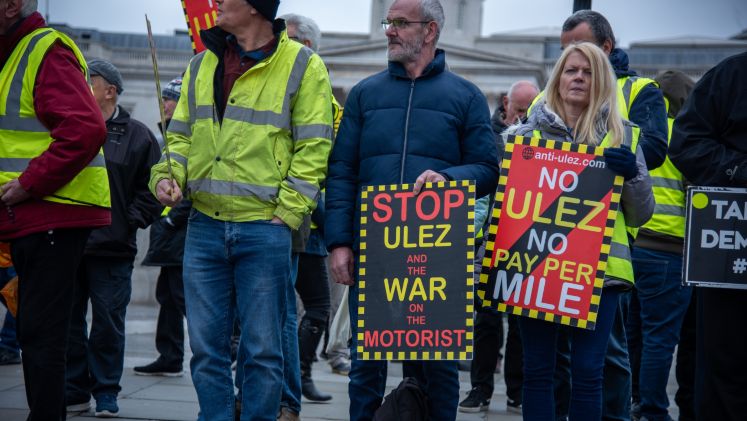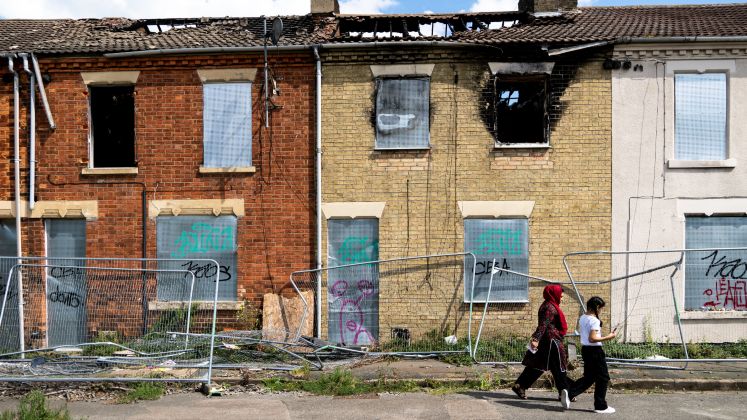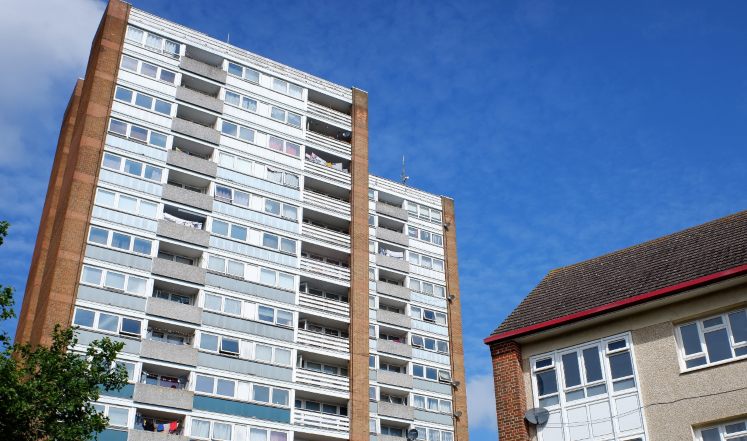After the dust has settled, Tony Travers dissects the recent local election results, and argues that even though Labour is ahead, it’s not by as much as the polls seem to suggest.
Local elections in Britain are treated as a glorified opinion poll by many commentators. Of course, they are not: in reality they are about the delivery of public services within each local council. But as in other democracies, “mid-term” voting is always used by pollsters and commentators to gauge the strength and/or weakness of the government and opposition parties at Westminster. 2024 was no exception.
This year’s round of council elections cannot really be called “mid-term” as the next general election will almost inevitably take place within six months. Rather, they provided voters with a pre-election opportunity to send a message to local and national politicians. The message they sent was that they remain seriously fed-up with the Conservative Party, and that they were prepared to shift their votes to Labour, the Liberal Democrats, Greens and Others. There were pronounced regional effects. Labour generally did best in areas which had voted to leave the EU in 2016 and where there had been a shift to the Conservatives in the 2019 general election.
About two and a half thousand seats were up for election, a relatively small number by many years’ standards. They were almost all last fought in 2021, having been delayed from 2020 because of the pandemic. The Conservatives were well ahead in opinion polls in the spring of 2021, benefiting from a “vaccine bounce”. By this year, Labour was typically 20 per cent ahead in the polls, implying a 15 per cent “swing” between the two sets of elections.
The table below shows the outcome in terms of seats won and lost for each party. The Conservatives’ net loss of 474 was close to commentators’ benchmarks as to what would happen given the shift in the polls since 2021. In terms of their starting point, the Liberal Democrats and Greens gained more seats (net) proportionately than Labour, though Labour’s was the largest absolute gain. Across Britain, Labour now have the largest number of councillors (about 39 per cent of the total) and control the Local Government Association in England. The Conservatives now have about 31 per cent of all councillors.
Source: BBC
Labour gained control of councils such as Adur, Redditch, Rushmoor, and Nuneaton & Bedworth from the Conservatives. Such Conservative to Labour switches are the kind of result Labour needed to see if it to have a real chance of winning the forthcoming general election. Others such as Hartlepool, Hyndburn and Milton Keynes were won from no overall control. But Labour lost control of Oldham and Kirklees to no overall control. It is evident that events in the Middle East lost Labour voters in some areas with a substantial Muslim voter base. The Liberal Democrats did particularly well in the South East and South West, winning control of Dorset by taking 13 Conservative seats.
This outcome suggests that at the forthcoming general election there will be a fall in the two major parties’ overall vote share towards the levels seen in 2005 and 2010.
The Greens won seats, as did Independents and Ratepayers. Indeed, the seat haul of these smaller parties has grown substantially in recent years. There is evidence that the “CON+LAB” vote share is in decline in local government. According to the “national equivalent vote share” (a figure constructed by academics to show what would have happened if there were elections across the whole country instead of just in the locations they actually took place) the “CON+LAB” vote in 2024 was about 60 per cent of the total.
This outcome suggests that at the forthcoming general election there will be a fall in the two major parties’ overall vote share towards the levels seen in 2005 and 2010 (68 and 65 per cent respectively). The decline in the two parties’ vote share which had occurred gradually (but not continuously) from the mid-1950s till 2010 may accelerate again in the next general election. Of course, the voting system will ensure that even if this happens, the Labour and Conservative parties will not lose their dominance in terms of seats won.
Mayoral elections took place in London, the West Midlands, Liverpool City Region, Greater Manchester, West Yorkshire, and Tees Valley. New mayoralties held their first elections in the North East, the East Midlands, South Yorkshire and York & North Yorkshire. Labour won them all, with the exception of Tees Valley, where Ben Houchen held on despite a 16 per cent Con to Lab swing against him. The West Midlands contest was very tight, with Labour winning only after a partial recount.
There was evidence of significant tactical voting in the South-West constituency which voted for Khan as mayor but for a Liberal Democrat constituency member.
Sadiq Khan won easily in London, with a margin of over 11 percentage points over his Conservative rival Susan Hall. This round of city-regional mayoral elections used the first-past-the-post/plurality voting system. Previously the “supplementary vote” system had been used for mayoral and police commissioner elections. Khan’s winning margin was the second-largest in any London mayoral contest – comparing this year’s votes with “first preference” votes in previous years. There was evidence of significant tactical voting in the South-West constituency which voted for Khan as mayor but for a Liberal Democrat constituency member. The Conservatives had won both contests in 2021. The Lib Dems enjoyed a marginally better performance than in 2021, coming third in the mayoral race with a higher vote share.
The Conservative London-wide assembly vote share (26.2 per cent) was the lowest ever, with the party winning only three constituency seats. However, they gained five “top up” seats, meaning that in this particular contest the Conservatives are being helped significantly by a PR-based voting system. Differential vote shares for the mayoral and assembly polls suggested that a proportion of Green voters shifted tactically to supporting Sadiq Khan.
The 2024 local elections were bad for the Conservatives and reasonably good (but not brilliant) for Labour and other opposition parties. They suggested steady progress for Labour, but not the kind of leads over the Conservatives suggested by opinion polls. The Conservatives have claimed “Labour are not that far ahead in terms of real votes”, while Labour are clearly doing well in both the local elections and opinion polls. Both major parties will take comfort from the outcome, but it is Labour who are in by far the better overall position.
All articles posted on this blog give the views of the author(s), and not the position of LSE British Politics and Policy, nor of the London School of Economics and Political Science.
Image credit: Yau Mind Low on Shutterstock








